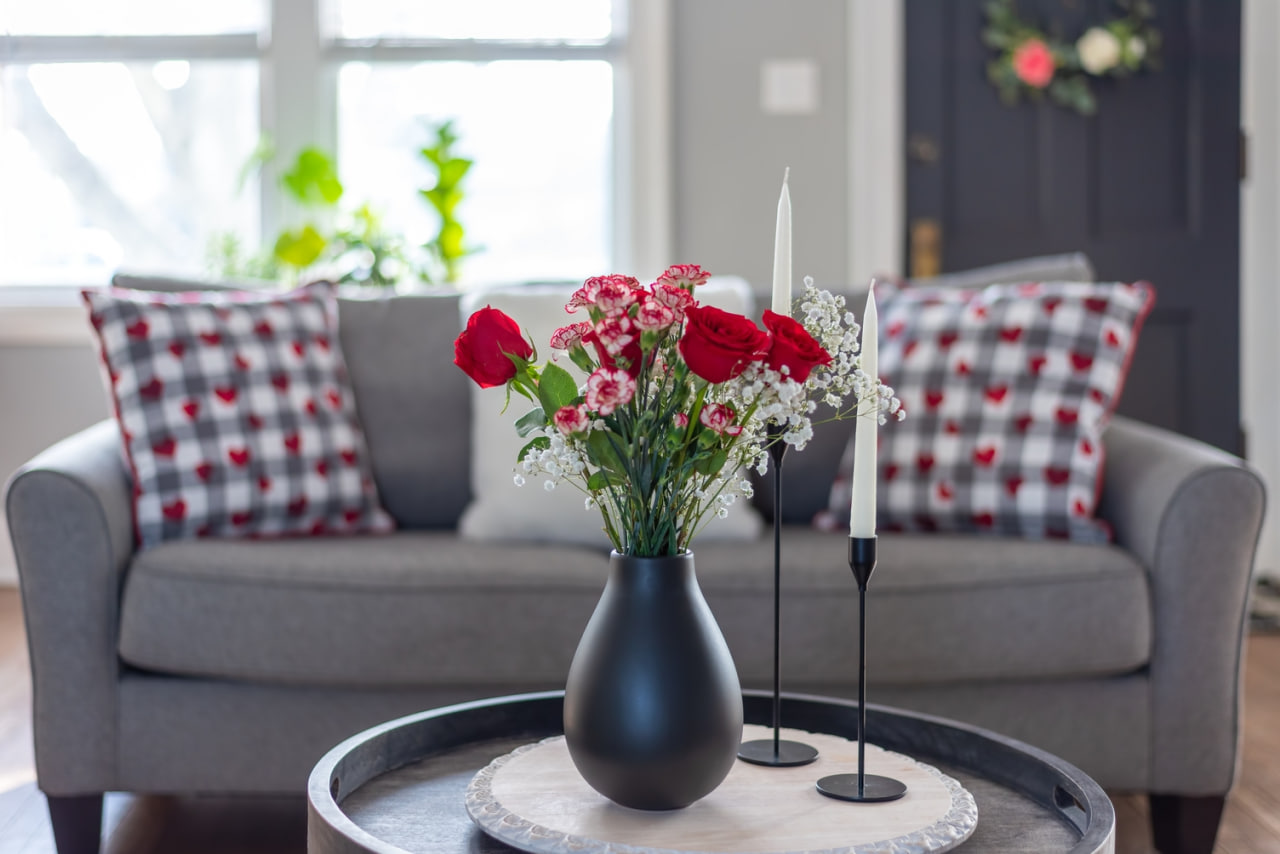
Design thinking isn’t just for architects or tech innovators—it’s a powerful and practical approach that can be applied to everyday spaces. Whether you’re redesigning a single room or rethinking your entire home layout, understanding design thinking can help you create environments that are both beautiful and deeply functional. It begins with how you observe your space, the people who use it, and the problems that need solving.
Understanding the Core Principles
At its heart, design thinking is about solving problems creatively and iteratively. In the home, this means looking beyond aesthetics and starting with purpose. Instead of asking, “What color should I paint the walls?” a design thinking approach might begin with, “What mood do I want this space to support?” or “How do I want this room to function during my daily routine?”
Empathy is a central part of design thinking. This doesn’t just mean understanding how others might use the space—it also means being honest with yourself. How do you move through your kitchen in the morning? Where does clutter tend to accumulate? What frustrates you when you’re trying to relax in your living room? These observations are the seeds of functional design decisions.
Observation and Discovery
To begin applying design thinking at home, start by noticing patterns in your behavior. Take a few days to quietly observe how you use each room. You might discover that you never sit at your dining table because the lighting feels too harsh, or that your entryway always becomes a pile of shoes and bags by the end of the day. These pain points are clues, not failures.
Design thinking encourages you to look at these challenges with curiosity rather than frustration. Once you notice what’s not working, you can start to prototype small changes. Maybe it’s as simple as adding a dimmer switch, repositioning furniture, or introducing a drop zone near the door.
Prototyping, Testing, and Adapting
You don’t need to commit to major renovations to embrace this process. Start small. Move your favorite reading chair to a different corner to catch better light. Try using a rolling cart as a flexible nightstand or a folding desk in a shared space. These are low-cost, low-risk ways to test ideas before investing time or money into more permanent solutions.
What makes design thinking powerful is its openness to iteration. If something doesn’t work, you learn from it and adjust. There is no single “correct” solution—only what works best for your life, your habits, and your space. This mindset frees you from the pressure of perfection and opens the door to creativity.
Designing for Real Life
Unlike traditional decorating advice, which often focuses on surface-level choices or trends, design thinking digs deeper. It helps you create spaces that support the way you actually live. A home created with this method won’t just look good—it will feel right, because it’s built around your values, routines, and needs.
For families, this might mean designing flexible spaces that can evolve with children’s changing needs. For single individuals or couples, it could involve creating zones for work, rest, and creativity that still feel cohesive and personal. The key is to define your own goals and build the design around them.
